Artificial grass has recently exploded in popularity as a decorative element for all types of spaces, indoors and outdoors.
When transformed into stunning wall panels or accent walls, synthetic turf flaunts serious curb appeal, its evergreen hues never fading.
But with so many types of artificial grass out there, how do you pick the right one?
Understanding the options helps ensure your unique installation vision turns out flawlessly.
What is artificial grass?
In short, synthetic turf mimics real lawn grass in look and feel. Underneath those shapely plastic blades lie:
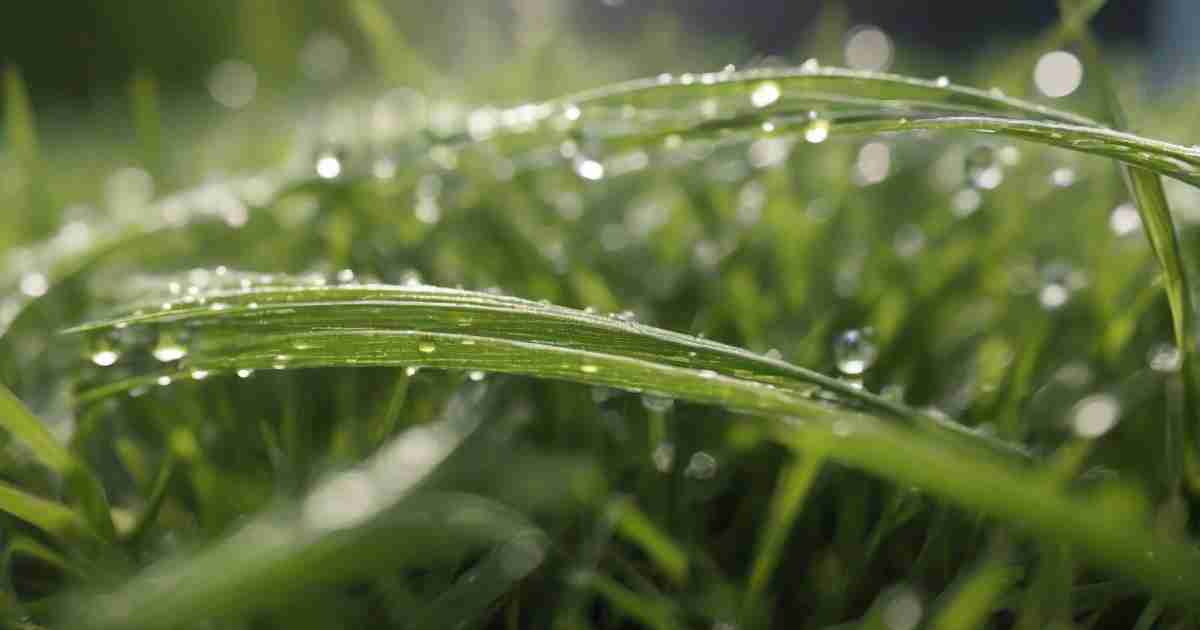
- Blades: When it comes to artificial grass, the blades make or break the realistic appeal. Typically made from nylon, polyethylene, polypropylene, or combinations, these mimic nature.
- Backing: Permeable fabric, mesh or latex that stabilizes the structure
- Infill: Materials like sand and rubber that provide support between blades
Unlike high-maintenance real grass, the artificial stuff laughs off regular mowing, watering, and fertilizing. Thanks to rugged materials and construction, synthetic lawns withstand heavy traffic, with colors staying vibrant. Translate those perks into glamorous grass wall panels. Yes, please!
Which Factors Matter Most When Choosing Grass Wall Panels?
Nailing that perfect grass wall installation means evaluating the following:
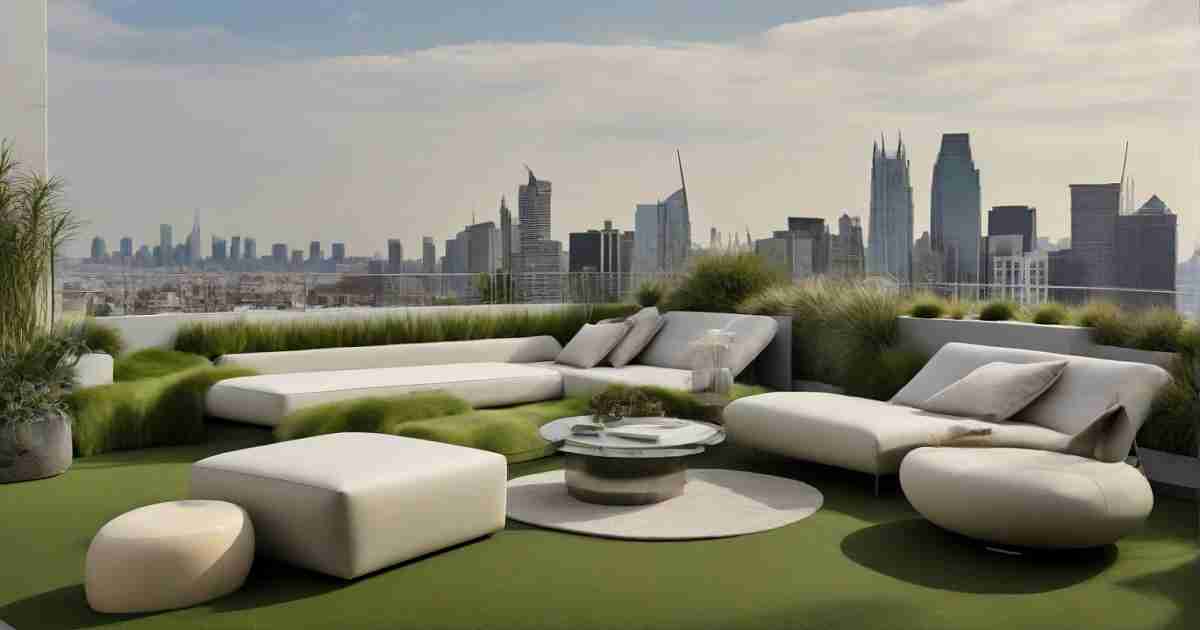
Durability: So, do those luscious synthetic blades stand up to the sun, rain, and wind when affixed outside? Materials like polyethylene and polypropylene resist weathering and keep walls looking fresh.
Backing Type: Proper drainage is essential! Latex backing layers are safest for vertical installations, providing adequate structure.
Blade Density and Quality: A higher blade density lends a realistic, lush appearance. The blade shape, texture, color, and substance impact the look and feel.
Pile Height: It refers to the height of the grass blades. Longer piles often seem more natural. Pile height ranges from 0.5 inches up to 2.5 inches.
Infill: Some artificial grass features infill-like sand between the blades to provide support and shape. It is more important for lawns than walls.
Fire Rating: Check that the grass meets fire safety standards, especially for indoor installations.
Price: Synthetic grass comes in a wide range of price points. Carefully balance your budget with factors like quality, durability, and aesthetics.
Types of Artificial Grass for Walls
The primary blade material defines a few broad categories of artificial grass:
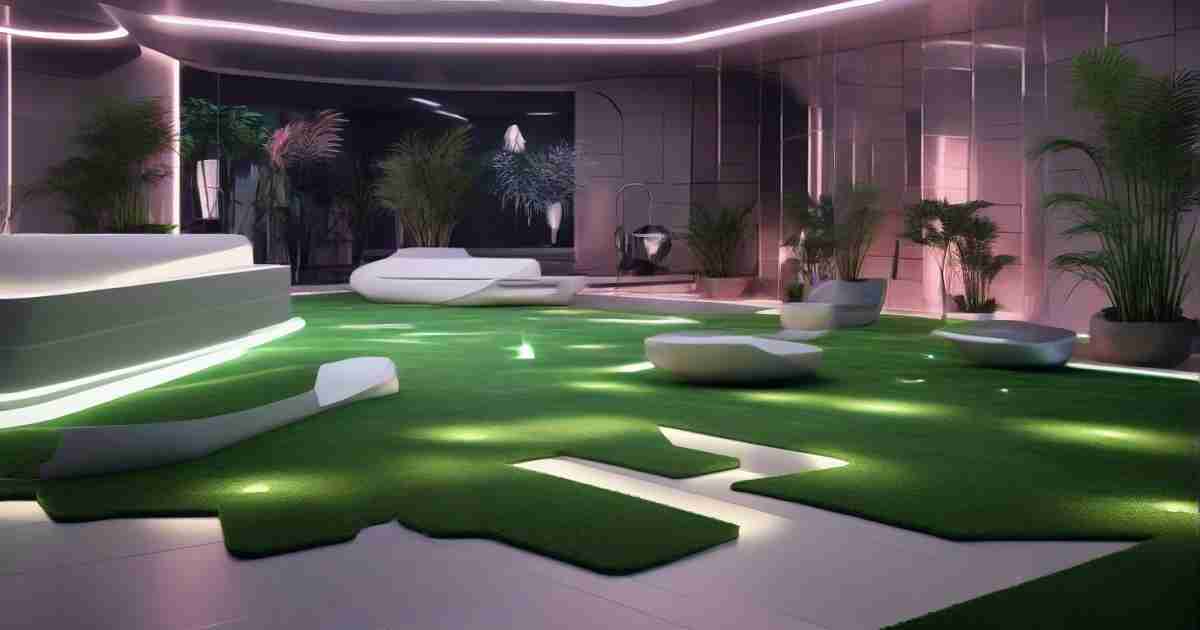
Nylon Grass
Nylon grass features soft, flexible blades that very closely resemble natural grass. The fine, silky fibers offer an extremely realistic and vibrant appearance.
This type works very well for indoor wall panels in low-traffic areas.
However, nylon grass lacks the structural integrity to hold up outside.
Best For: indoor decorative walls and accent pieces
Polyethylene (PE) Grass
Polyethylene blades feel stiff and wet to the touch. This type of artificial grass stands up well to heavy use and outdoor elements like sun exposure and moisture.
The stiffness allows PE grass to retain its shape. While not as pillowy and soft as nylon, PE offers dynamic durability.
Best For: outdoor spaces like patios and porches
Polypropylene (PP) Grass
Polypropylene is a versatile type of grass that offers both gentle and durable qualities, making it an excellent all-around option.
Careful manufacturing makes PP blades feel nearly as supple as natural lawn grass. The material resists fading and degradation under variable conditions.
Polypropylene grass works beautifully for mixed-use installations.
Best For: indoor and outdoor use
Price: Moderate
Hybrid Grasses
Many artificial turf products blend different plastic materials to balance the benefits of each.
A common combination includes stiff polyethylene and soft polypropylene. These hybrid grasses provide durable structural support with comfortable aesthetics.
Infill Options
Some artificial grass contains infill worked down between the blades. Typically, an installation without infill works fine for wall panels and vertical installations. However, options include:
- No infill is the most common and cost-effective choice for walls
- Silica sand provides weight and support
- Rubber granules, often from recycled tires, cushion
- Combination infill: mixtures such as sand and rubber
Tips for Installing Artificial Grass Wall Panels
Installing synthetic turf on a wall differs from preparing a lawn area. Here are a few best practices to ensure your grass wall panels look flawless:
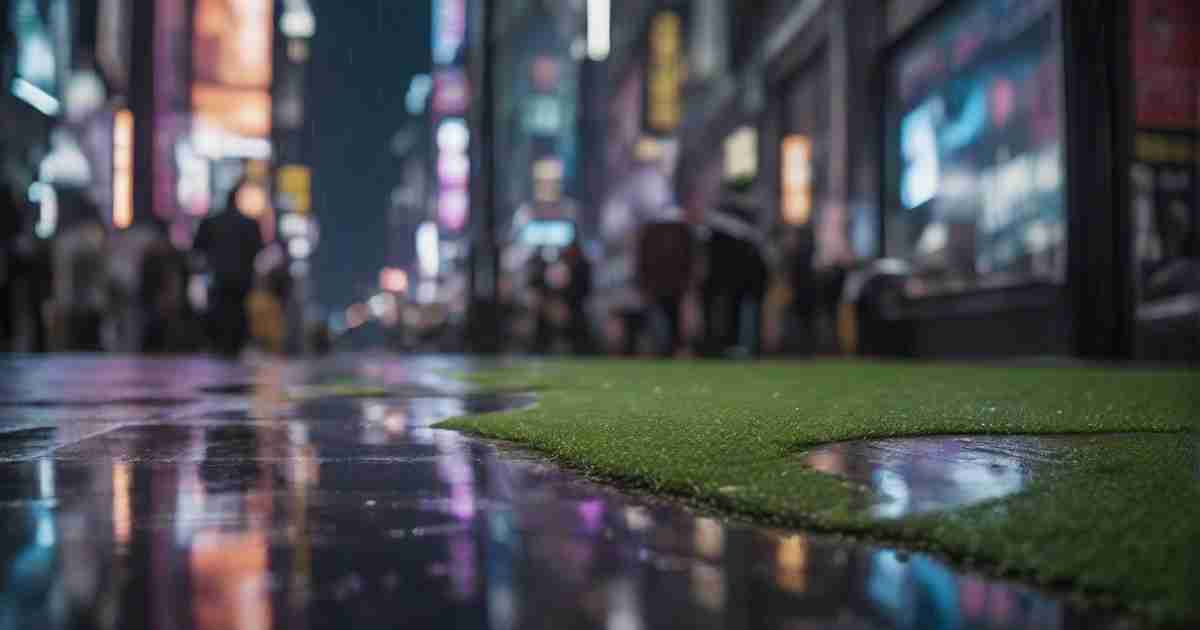
- Carefully measure the area and custom-cut panels to fit for clean edges. Allow for precision seaming of multiple panels.
- The wall surface needs proper preparation first. Clean, fill divots, and remove protruding nails or screws.
- Most manufacturers recommend industrial adhesives designed for artificial grass. It helps panels adhere securely across the wall area.
- Alternately, some installers mechanically fasten with screws or nails and secure edges with battens. It works better for porous wall types.
- Plan proper seaming to align blades and conceal transitions between panels. Top-quality turf has self-seaming backings.
Once installed, artificial grass requires very minimal maintenance compared to living walls.
Maintaining Your Artificial Grass Wall
Caring for synthetic grass wall panels mainly involves keeping them clean.
- Check for any loose edges, seams,, or tears and re-adhere as needed
- Gently wipe or rinse away dirt and debris with water
- For tough stains, spot clean gently with diluted mild detergent
- Avoid using harsh chemicals, which could degrade materials
- High-pressure power washing risks damaging the backing
- Check for damage after severe weather if installed outdoors
Conclusion
Properly chosen and cared for, artificial grass wall panels will retain their flawless vibrance and color for years.
Their durability and low maintenance requirements make synthetic turf ideal for decorative and functional vertical installations.
With so many types of artificial grass available, take time to understand the options. Evaluate location, traffic, blades, backing, density, height, and color to determine the best fit.
Trust synthetic turf from leading manufacturers for eye-catching grass walls tailored to your unique needs and tastes.
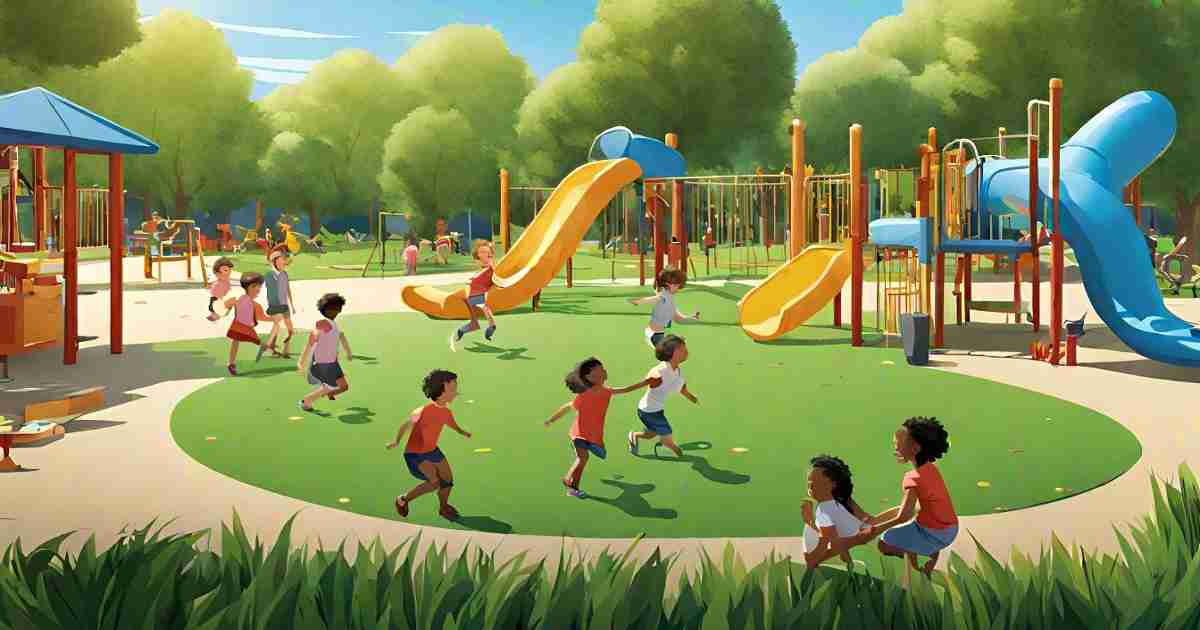
1 thought on “Types of Artificial Grass: Exploring Different Varieties Suitable for Wall Panels”